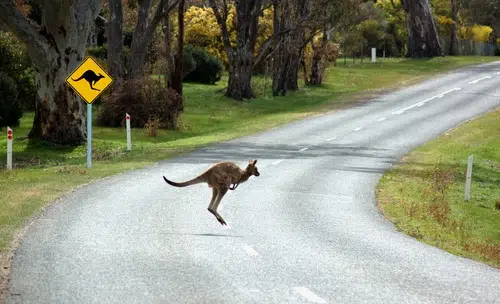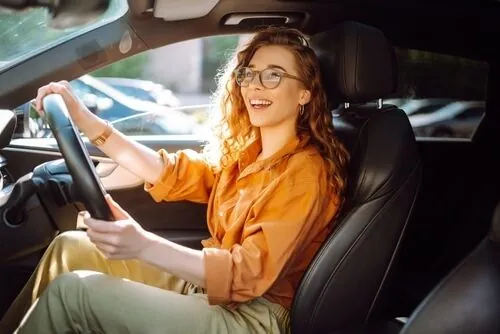Home » Blog » Car » Car Lifestyle » 7 Animals on Roads in Regional Areas: Watch Out
Categories
Tags
animal welfare
breed profile
buying a car
buying a pet
Car
car accessories
car care
car features
car insurance
Car safety
car sales
car service
cat
cat behaviour
cat body language
Cat Breeds
cat food
cat insurance
comprehensive car insurance
Dog
Dog Behaviour
dog body language
Dog Breeds
dog food
Dog Insurance
dog training
eco friendly cars
Kitten
New Car
pet accessories
pet activities
Pet Adoption
pet breeders
pet days of the year
pet fun stuff
Pet Health
pet insurance
pet parenting
Pet Safety
pet services
Puppy
rescue pets
road safety
road trip
safe driving
Recent Blog:
Facebook Posts
4 days ago
Are intestinal worms setting up camp in your dog’s gut without paying rent? Here’s how to spot the main culprits and get rid of them too:![]()
![]() Preventing, Identifying and Treating Intestinal Worms in Dogs - bit.ly/43YjCKu
... See MoreSee Less
Preventing, Identifying and Treating Intestinal Worms in Dogs - bit.ly/43YjCKu
... See MoreSee Less
Preventing, Identifying and Treating Intestinal Worms in Dogs
www.pd.com.au
Intestinal worms, such as roundworms in dogs are one of the least glamorous topics on the planet. These intestinal parasites that basically use our dogs
PD Insurance
with Dogs West.
6 days ago
We enjoyed meeting #breeders #doglovers and members at the Dogs West Open Day. Special thanks to our partner Dogs West for organising an incredible event. There is still time to enter our pawsome competition. Click here for details: bit.ly/4covyce![]() #PDinsurance #dogswestopenday #dogswest
... See MoreSee Less
#PDinsurance #dogswestopenday #dogswest
... See MoreSee Less
6 days ago
Did you know? The Manx is a breed that is known for its lack of a tail, which is caused by a genetic mutation.
... See MoreSee Less
Animals on roads is a common sight when you’re driving regionally. Especially at dusk and dawn. And even more so when wildfires and drought conditions have dried out natural grazing vegetation.
In addition, roads are cambered to allow run-off into the roadside vegetation.
This makes the side of the road a great place for animals to grab a cool drink and nibble some sweet grass.
As a result, colliding with an animal – be it pet, livestock or wildlife – is a real hazard. If it does happen, make sure you’re prepared with our tips for what to do if you hit an animal while driving.
Here are seven animals on roads you could find in your lane when driving regionally…
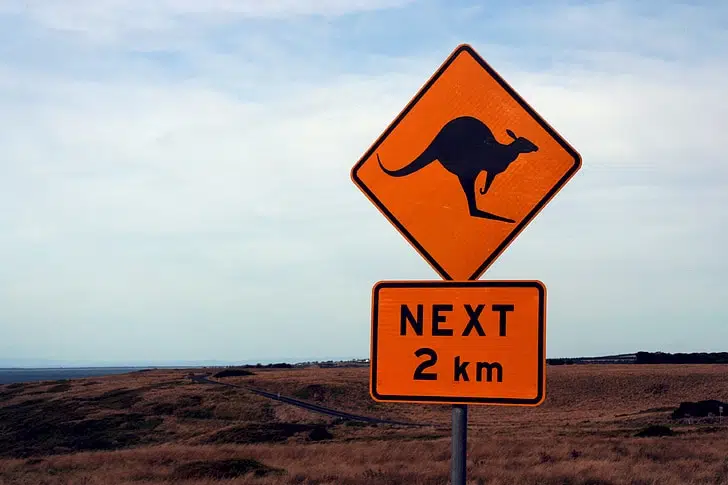
Kangaroos are #1 animals on roads
For every Aussie, there are two kangaroos. This means kangaroos are the animal you’ll most likely encounter on the road. As nocturnal animals, they begin feeding around dusk.
It’s hard to see an animal on the road in low light, let alone night time. And kangaroos can be big.
What you need to know about kangaroos:
- A red kangaroo can weigh as much as 90kg – that’s a serious danger in a collision
- They’re unpredictable; they may change direction or freeze in your headlights
- Kangaroos can move fast, up to 70kph
- They travel in troops, so if you see one kangaroo you can expect to encounter others
As a result, they could still surprise even the most cautious driver by suddenly appearing on the road. You should always slow down as soon as you see road signs for kangaroos and in bushland areas.
Side note: North-Eastern Queensland is home to the tree kangaroo. These kangaroos are endangered, as is the cassowary that calls this same region home. If possible, be even more cautious when driving in these parts so as not further dwindle these native animal populations.
And of course, it’s good for you and your car too.
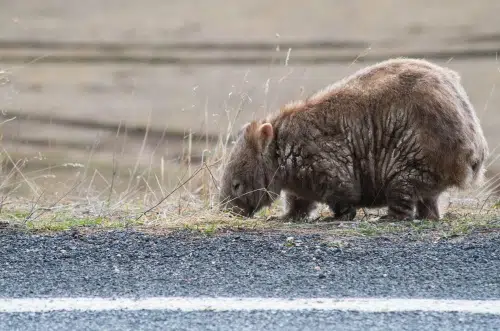
2. Wombats
Wombats can run at speeds of 40kph – yes, seriously – and weigh 20 to 35 kg. Likekangaroos, they’re nocturnal and most active around dusk and dawn. Practice extra caution if you’re driving at these times.
If you have a collision with a wombat, remember (as with other marsupials) that it could have a young joey in its pouch. Joeys can live for days in the mum’s pouch, even if the mother has died. Sometimes they’re flung from the mum’s pouch on impact with a car.
So, unless an adult has testicles, you may need to check not just in the pouch, but also around the scene of a collision. Only stop if it’s safe to. Keep your hazards on. And don’t touch an animal that’s injured unless you know what you’re doing – it might lash out.
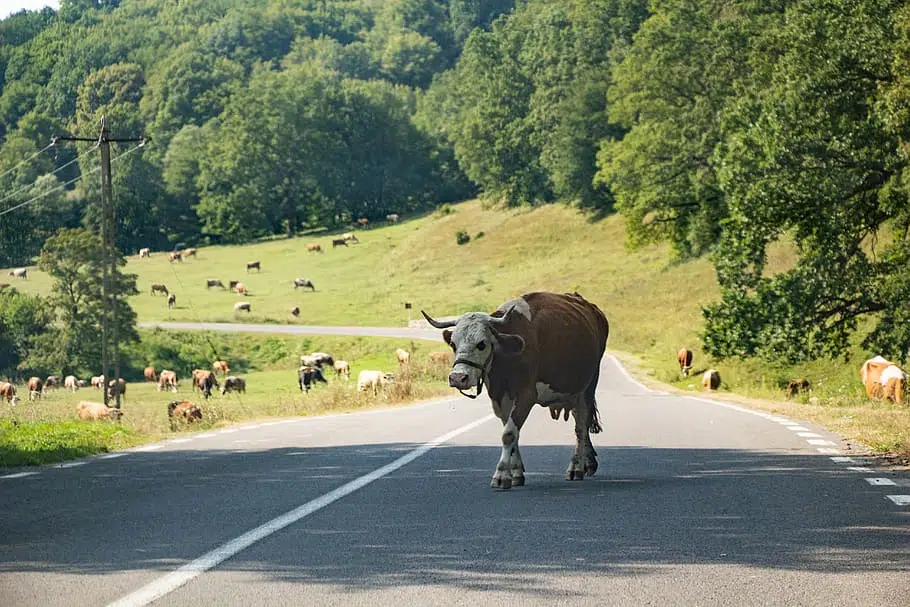
3. Cattle are the biggest animals on roads
Drought affected farmlands have impacted fertile grazing land for cattle. And cows must eat – one of their primary instincts is to graze. As a result, plenty of cattle roam and graze nearer to roadsides.
There are close to the same number of cows in Australia as there are people. When you’re driving on remote roads – expect to see them (feel free to ‘moo’ out the window). You may come across one or more that have managed to escape their fencing, or a herd being led into another pasture by a farmer or cattle hand. Be alert.
A cow can weigh 720kg while a bull can be 1100kg. Colliding with a cow can cause severe harm to everyone involved. Keep a look out and don’t let your guard down behind the wheel.
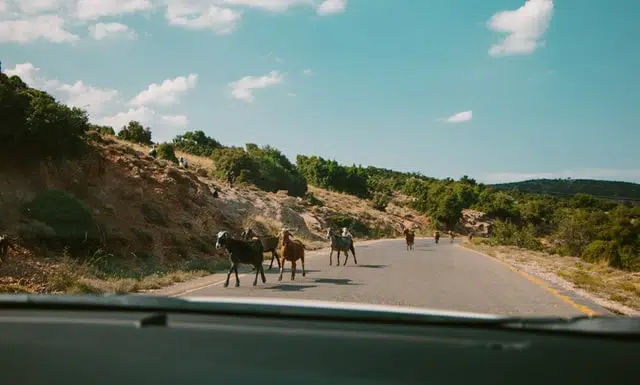
4. Horses
More often than not, a horse on the road will be with a rider. Horses are sensitive and emotional and can easily scare from a passing truck, motorcycle or car. Therefore, when you encounter a horse being ridden on the road, slow down.
Give them a wide birth too – if it’s safe. Don’t be impatient, avoid hooting and revving. Practice basic noise and speed etiquette for your equestrian padre.
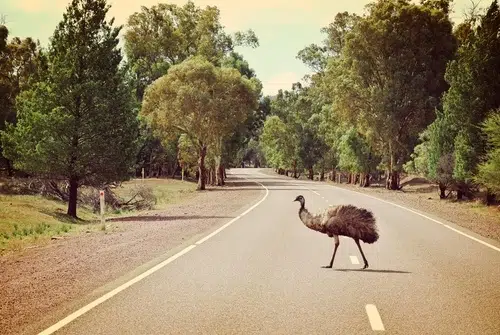
5. Emus
Birds are said to have evolved from dinosaurs. As a result, it may not surprise you that flightless birds can run fast; in fact, they’re sprinters. Emus can sprint up to 50kph. Consequently, an emu could suddenly appear in front of your car.
It’s always sad hitting an animal, and an emu can do significant damage, weighing up to 60kg. An emu can stand 2m tall. A collision can take its legs from under it, sending its body rocketing toward the windshield.
These birds live in open arid plains and tropical woodlands (they avoid thickly forested areas). When you’re driving in these habitats, think of the emu and drive carefully.
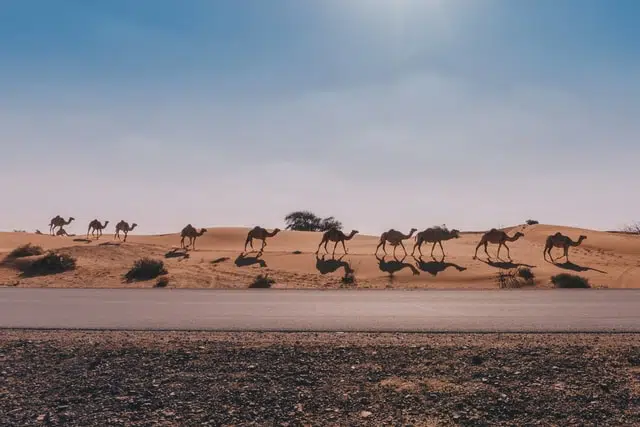
6. Camels
Many people don’t realise there are over one million camels in Australia. They were originally introduced to the continent in 1840 to explore inland Australia and assist with work on railways. Most of the camels are Dromedaries, and some are Bactrian camels. They now roam freely in the outback of WA, SA, QLD, and the NT.
A female can weigh between 300 – 540 kg and males weigh in at 400 – 600 kg. That’s a significant mass. Consider how much damage can happen if you collide while driving at high speeds.
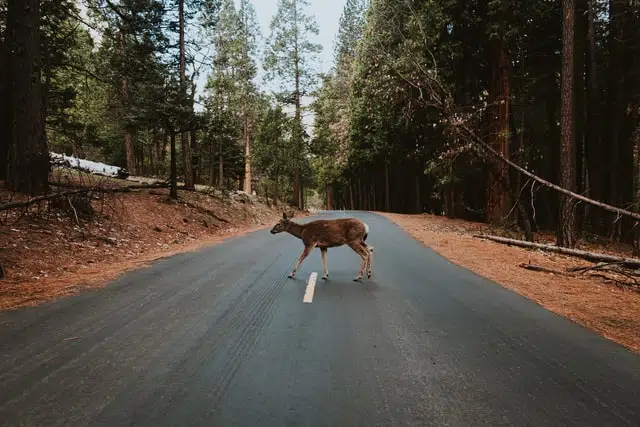
7. Deer
Deer may not be top of the list you’re most likely to see in your lane – except now, as autumn arrives. Did you know there are around 30,000 feral deer in Queensland and 20,000 in Tasmania alone. And the total population of feral deer across Australia is yet to be determined?
Autumn is the deer mating season, so they’re out and they’re feisty. Also, they’re big.
Red, Fallow and Sambar deer have been found in the Australian wilderness since the 1800’s. A Fellow deer weigh up to 80kg. A Sambar deer weighs up to 180 kg, and a red deer can weigh in at 200kg.
That’s no small thing in the face of a collision. Deer have long legs. Hitting one can send their legs buckling, then the full weight of their body – and antlers – is turned into a projectile aimed at your windscreen.
Animals on the road and defensive driving
Defensive driving is about preventing an accident by anticipating dangers and using your senses and road rules well. As Wikipedia says, ‘It’s about thoughtful driving that saves lives, time, and money, as you maneuver the conditions around you and the actions of others.’
Some top defensive driving tactics to avoid animals on the road are:
- Control your speed
- Avoid driving at dawn and dusk when wildlife is most active and you’re more likely to encounter animals on roads
- Plan as much of your driving as possible for the daytime
- Drive slowly in animal wildlife hotspots
- If you see roadkill, expect more animals to be nearby – be alert
- So too when you see an animal on the road; you can expect more animals to be nearby. That animal has family and possibly a herd
- Adjust your driving for weather and/or road conditions
- Adjust your speed before a bend, to avoid braking in the middle of the bend.
- Break in a controlled manner
- Don’t swerve – swerving could cause your car to roll, or you could hit oncoming traffic
- Look ahead while keeping your peripheral vision in play, and expect the unexpected
- Use your senses, stay alert, maintain focus
- Drive with your lights on full beam unless you are following or approaching other traffic
Remember to keep wildlife rescue numbers saved on your phone when you’re driving regionally. You may be out of range to Google this when you most need the info. Again, read our article on tips for what to do if you hit an animal while driving – this suggests contents for an animal first aid kit you can leave in your car.
Also, you can read our tips for driving safely in bad weather.
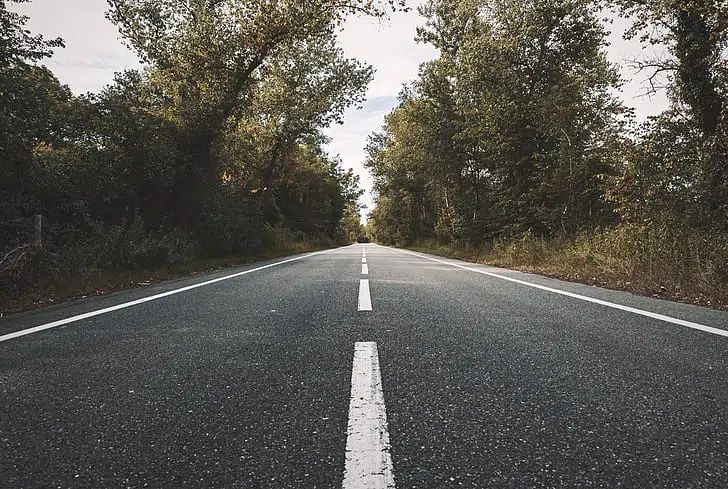
Colliding with animals roads
Colliding with an animal while driving is not something you can prepare for emotionally. If the animal is still alive, it may have to be euthanised to prevent drawn out suffering.
If an animal has died from the collision, and it’s safe to do so, move it off the road. Other wildlife could be drawn to the carcass and end up being killed themselves.
If you’ve hit a female marsupial like a wombat or kangaroo, they could have a joey in their pouch that may still be alive. Contact wildlife rescue who can move the joey safely.
Never remove a joey from its mother unless you know how to. The correct technique is really sad/gory and involves cutting off the mother’s teat. Trying to remove the joey otherwise can injure its mouth.
Also, not that you plan to, but never touch a bat or a snake. They may or may not be dead, could bite or have viruses.
Defensive driving is common sense
Defensive driving may seem like common sense, but when on regional roads it’s easy to roll your window down and hit the gas. It’s not as easy to deal with the consequences if anything happens. Always keep top of mind that you need to drive safely for you, the animals near you and your car. And consider comprehensive car insurance.
Good comprehensive car insurance will cover you for accidents, third party liability, towing and much more. Picture hitting a fully grown 40kph wombat and sending it reeling into the oncoming traffic. The resulting financial responsibility could be enormous.
Protect yourself in advance. The peace of mind can make the drive outback more enjoyable.
Animals on the roads – preventing collisions
Animals don’t drive or read road signs. They aren’t aware that our increasingly ubiquitous asphalt roads are unsafe. In addition, our roads zigzag through natural wildlife habitat. It’s up to you and me to drive defensively when behind the wheel.
Share On:

